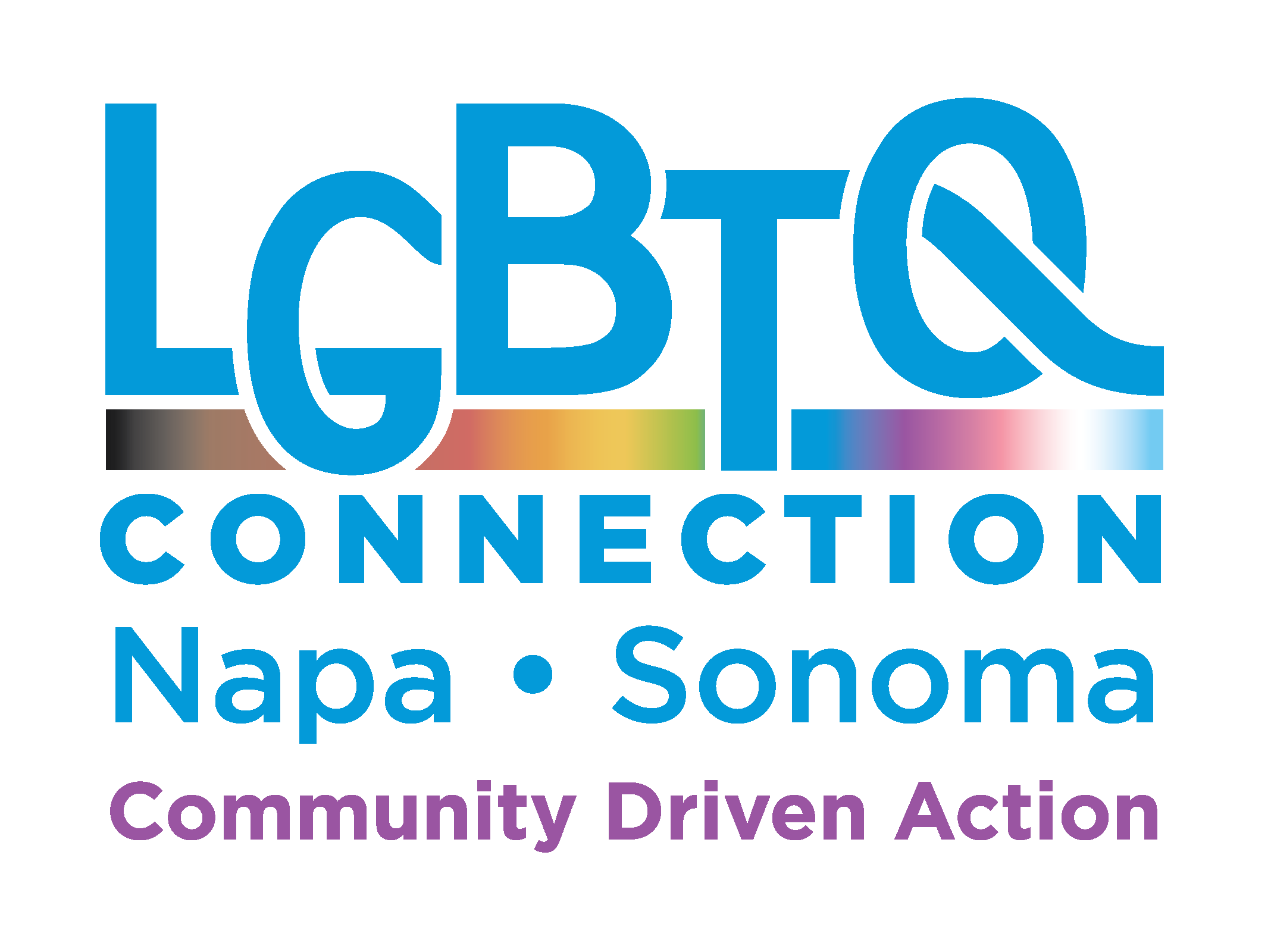OASIS Youth Program Model:
Sometimes the North Bay Area can feel like a desert in terms of resources, community, and safety for LGBTQ youth. Out of these arid conditions, LGBTQ Connection exists as flourishing, vibrant hubs where youth can access what they need. With a desire to create more of these spaces throughout the North Bay, the OASIS Model was born.
BACKGROUND
LGBTQ Connection was selected as one of seven LGBTQ grantees for the California Reducing Disparities Project (CRDP). The CRDP allowed LGBTQ Connection to expand their work to new program sites in Calistoga and Sonoma Valley, and to refine and evaluate their work into the OASIS model program. After a rigorous three and a half year evaluation process, the model is ready for to be shared throughout California—and beyond!
At the core of the OASIS Model are youth who gain access to affirming and accepting resources and community. Often youth first get connected to us by attending a drop-in youth social, or accessing free counseling services. These youth are invited to participate on Youth Leadership Teams, which meet for six months to plan and execute a community advocacy project. As community members continue to get trained on LGBTQ Best Practices, youth will continue to find, build, and integrate safe spaces within their communities.
Evaluation data collected over 3.5 years demonstrates that:
Participation in the Oasis Model significantly reduces isolation among youth. While quantitative analysis demonstrated considerable yet not significant changes, qualitative analysis showed significant, strong changes in isolation. Youth attribute changes in isolation to program strategies that result in new and/or strengthened connections with peers, increased motivation to express themselves and connect to others, and increased involvement in a variety of community and school-based settings and programs.
Participation in the Oasis Model produces small reductions in feelings of rejection among youth; in some cases, rejection was higher for youth after participation. While youth reported less feelings of rejection while attending CDEP activities, they did not report feeling more accepted outside of the program setting.
Participation in the Oasis Model significantly reduces distress among youth. While qualitative analysis did not demonstrate significant changes, quantitative analysis demonstrated statistically significant change in two measures of distress. Youth report lessened symptoms of anxiety, depression and greater feelings of optimism, hope and safety. Youth who did not demonstrate decreased distress after program participation reported that they continued to experience the same levels of depression and anxiety, although symptoms had not gotten worse.
Participation in the Oasis Model significantly strengthens peer connectedness among youth; as demonstrated by both quantitative and qualitative analysis. Youth attribute this change to opportunities to work together on projects and share success, provide mutual accountability, share personal stories through group check-in activities, give and receive support, and acknowledge each other's strengths, accomplishments and personal growth.
Participation in the Oasis Model strengthens community connectedness among youth; in most cases significantly. While quantitative analysis demonstrated considerable yet not significant changes, qualitative analysis showed significant, strong changes in community connectedness. Participation in Youth Leadership Teams was especially impactful on this protective factor.
Participation in the Oasis Model strengthens positive self-regard among youth; in most cases significantly. While quantitative analysis demonstrated considerable yet not significant changes, qualitative analysis showed significant, strong changes in positive self-regard. Youth attributed increased positive self-regard to four key factors: self-acceptance; acceptance by others; opportunities to contribute; skills and capacities.
Participation in the Oasis Model strengthens help seeking behaviors among youth only moderately. About half of young people reported increased willingness to ask for help after participation; most youth who reported increased willingness to ask for help could identify new sources of help they could access through the program.
Participation, demographic and survey data all confirm that the implementation of Component 3 (Youth-Informed Workplace/Provider Training) significantly increased the capacity of the mental health and other service systems to appropriately serve LGBTQ youth.
The Oasis Model comprehensively addressed the cultural, linguistic and contextual needs of LGBTQ youth and serves as a model for other mental health and youth development programs that seek to promote wellness, connection and mobilization among LGBTQ youth, especially in suburban, semi-rural, and rural communities.
MORE INFORMATION:
CRDP Website: https://cultureishealth.org/

